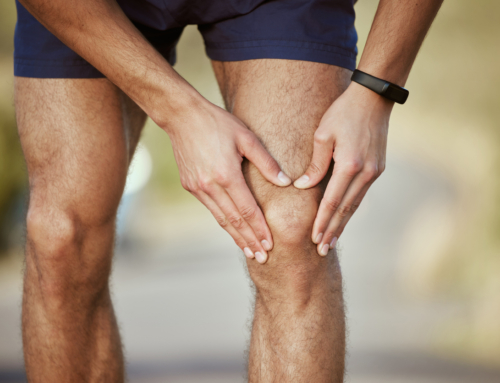By Bev Ratcliff…
In last month’s article, I made an introduction to a few hormones (Ghrelin, Leptin, Cortisol) that can cause some havoc if you don’t understand them or respect them in relation to your training goals. This month I’m going to take a closer look at one of the most important hormones to understand.
GH, or the growth hormone, also known as somatotropin, is produced by the pituitary gland in the brain. It regenerates tissue and repairs cells, maintaining an ever-present ability to heal and grow, which is essential for daily function. It stimulates brain activity, as well as helping to maintain an optimal ratio of lean muscle tissue to body fat. It’s VERY important to have good GH levels in order to live healthy, both mentally and of course, physically.
According to the Life Extension Foundation, GH declines by 50 percent every seven years after the ages of 18 to 25. During our younger days, abundant levels of growth hormone are present, but by the time we hit middle age, levels of essential hormones such as GH, testosterone and DHEA decline, which lead to decreased muscle mass and a noticeable increase in body fat. Not exactly what we’re looking for! The good news, however, is that there are some additions to your training and lifestyle habits we can introduce to boost GH, if you’re willing to put the work in.
1: WEIGHT TRAINING AND INTERVAL TRAINING: The big lifts boost GH the most. Squats, deadlifts, pull-ups, bench press and plyometrics, for example, fire up a huge amount of tissue fibers, which stimulates greater GH production for recovery and regrowth. High repetitions (going for the burn) can have a comparative effect within a training cycle also, but you will not get the same effect by just doing high-rep training. Push through your limits, and make sure a component of your training sessions is based around these bigger movements. Take the time to learn the big moves correctly—consider hiring a professional trainer–and use them and enjoy the challenge of creating strength.
2: TRAIN WITH INTENSITY We can all have an off day, and if your training is more in a rehabilitation phase, then this isn’t so much for you. However, if you want to see a big difference in your body, then you have to train like it! GH increases the harder you work. Bigger effort creates greater gains—not going through the motions and the same old routine. If you want to change, try super-setting, compound sets and structuring limited rest times. Your weights must challenge you and a certain amount of determination should be brought to each training session.
3: SLEEP At the other end of the spectrum, it is vital to consistently get enough rest at night, as GH is mainly produced in the first few hours of sleep. Not getting enough sleep regular basis can lower the amount of growth hormone your body can produce, and this will directly affect your recovery and results. This is the reason that you’ll hear many athletes say that muscle is built at night by resting, not during the day at the gym. Lack of sleep equates directly to inadequate tissue repair and inhibits muscle growth.
4: BE AWARE OF INSULIN The more insulin you have swimming around your system, the less growth hormone you are likely to create. Eating starchy carbs or sugar causes your blood sugar and insulin to spike, which is anti-GH. Cut the sugar in the coffee, the treats and the breads and muffins. It’s a no brainer, but people still eat all these things and wonder why results don’t happen. Great carbohydrate sources that won’t spike your insulin levels include lentils, quinoa, brown rice, mixed grains and sweet potatoes. Don’t be afraid of them, eat them with lean proteins and healthy fats. Correctly timed, quality carbs enable your thyroid to function at its best. Totally cutting our carbs is basically slamming the breaks on many hormone cycles your body needs.
5: CUT THE STRESS And by stress, I’m not talking about city living or hitting four parties in one night. I’m talking about overtraining. One high-quality training session a day is enough. Too many times we hear people doing 2 spin classes and a circuit class in the same day, or refusing to take a day off when they are genuinely worn out. This will send cortisol through the roof and your body into survival mode (plus, you know by now neither of these activities are working at boosting your GH!) This can be where active recovery days such as a yoga class, walking the dog or going for an easy jog listening to some new music can really help your weightloss goals. Cortisol goes down, growth hormone up, body fat down, muscle and metabolism up. Train smarter, not just harder, always! Choose something you actually enjoy, and if that means taking the time to read on the lawn or take an extra weekend nap, go and do it.





